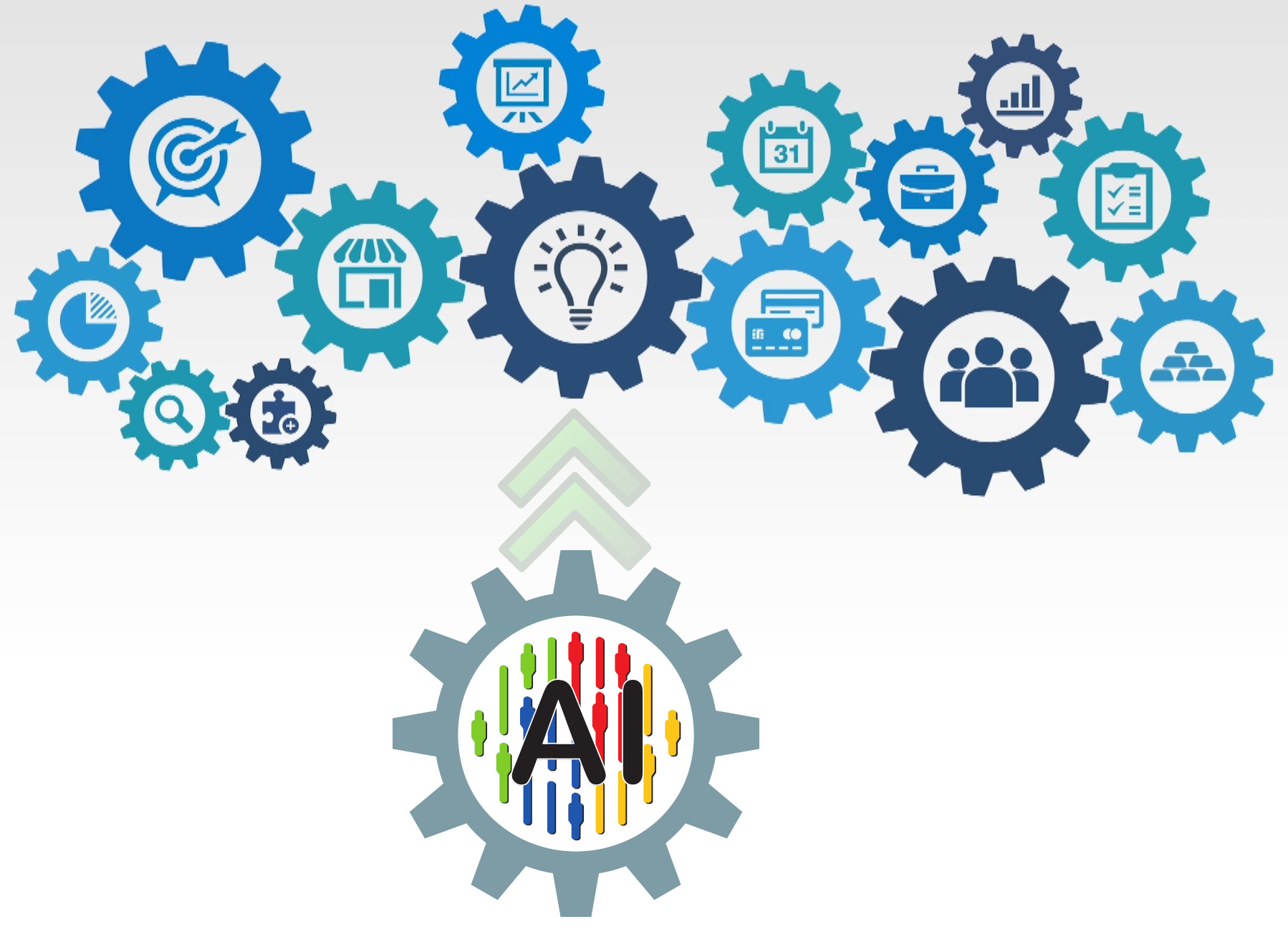Refreshing Software Through AI Analyses

Every IT system deserves a makeover now and then.
Dr. Matthias Boldt - Once software has been introduced in a company, it is used for a long time. After all, it is integrated into the processes, documents internal workflows and helps with the planning of operations. After only a short time, it is impossible to imagine the company without this software. It spreads its roots across all areas.
Software systems are just like people: Over time, they are slowly getting older. With wine or whisky, this is a sign of quality; with people, more and more “little problems” creep in. Software, on the other hand, gets better, it slowly loses all its original shortcomings … if it’s not constantly changed. But users want new features and improved workflows. Today, erveryone owns the daily experience on their own smartphone. There, apps are intuitive to use and their functionality is adapted to new requirements through ongoing updates. More and more support from artificial intelligence methods is making its way in and the apps become even easier to use.
In contrast, software systems used in a company are often poorly adapted to daily requirements after several years. Changes in the existing systems become more complicated and usually only affect minor details. But the practical requirements increase constantly. More and more information has to be processed in the time available. Without the support of artificial intelligence methods, this strangles the productive part of the work process. Busy humans simply can’t handle the workload anymore, because the machines don’t help enough. This results in inefficiency, declining production numbers and employee demotivation. Yes, older software systems can become “vital impediments”: Without them, production doesn’t work; with them, it works less and less.
Replacing a system with a new one is rarely a suitable solution. Regardless of the price of the new system, a change is associated with many imponderables and is often difficult to plan. There is a risk of interruptions in production, costly consulting days, losses during the transfer and conversion of data, …
A way out - integration of AI methods
A better solution to this challenge is to adapt the existing system through external extensions. Most of the software systems used in companies, many already have service interfaces. These allow the connection of external extensions. If it’s not possible, RPA (Robotic Process Automation) can be used to build suitable bridges to them very easily. RPA can simulate user interaction with software and insert additional processing.
That means, there are practically no hurdles to the simple and cost-effective integration of artificial intelligence methods into existing software systems. By adopting work steps, these can reduce the time required in production. One example is the time-consuming analysis of data, texts or communication processes.
You want to optimize communicative processes, make personnel management more emotionally balanced and intelligent? Or do you “simply” want to analyze texts and language to improve productive processes? All this is possible with the integration of powerful methods for speech analysis based on artificial intelligence. These allow, for example, an automatic classification or the examination for completeness of large quantities of texts according to your specifications. The working time saved could then be used to design suitable responses to the originator. During this step an AI analysis to determine personal motivations and needs can help to formulate a target-oriented response in the most time-saving way possible.